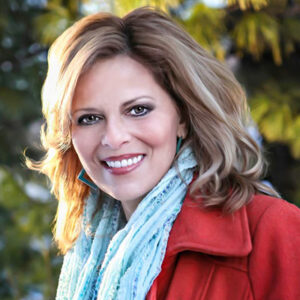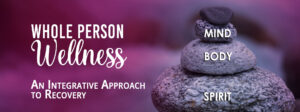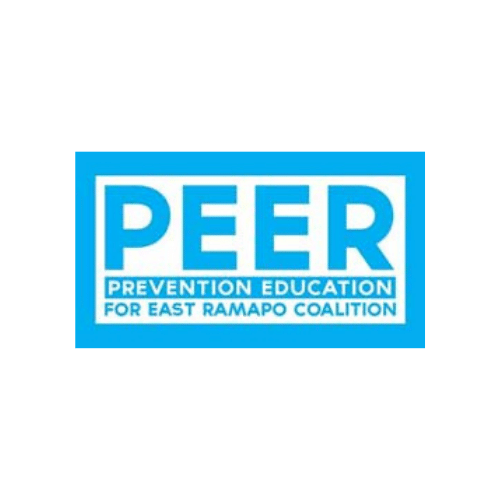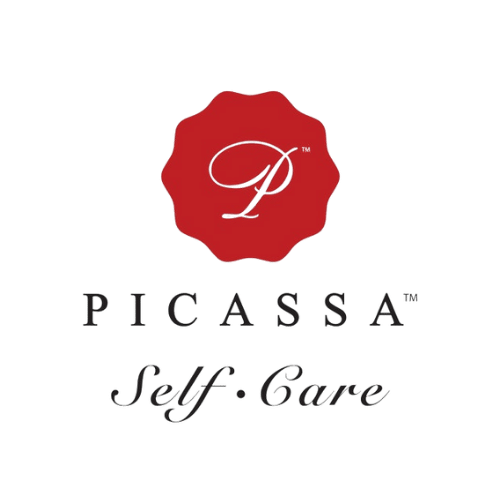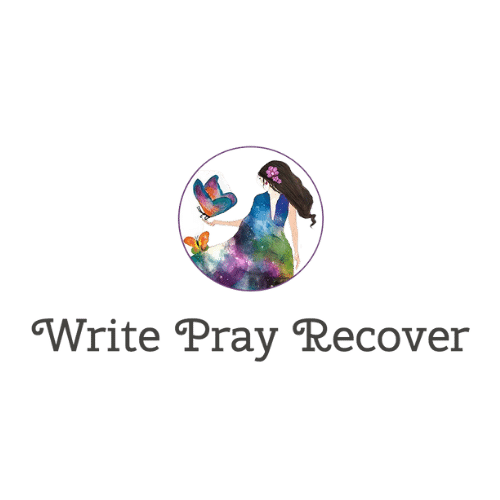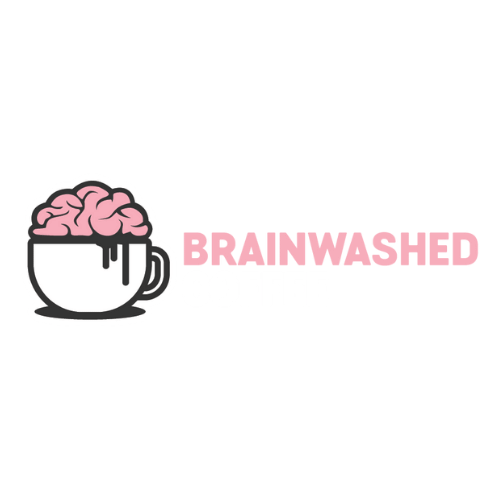FROM THE INSIDE OUT OF SUBSTANCE USE DISORDER – WENDY BLANCHARD, M.S., CHHC, CPS
 When you live in wellness in recovery from Substance Use Disorder and co-occurring disorders (and recovery is a lifelong process) and see the light on the other side of Substance Use Disorder (SUD)/addiction, you understand and empathize with others struggling with this disease as you begin to see yourself in their every word, their every thought, their every action, when you were in active addiction. This is me today on the other side of SUD working as a Holistic Health Counselor and Mental Health and Wellness Literacy Professional, Recovery Specialist, advocate, keynote speaker, and author, serving others living with SUD and mental illness. I am nearly 8 years thriving in my wellness based recovery that I have designed, and re-designed, as I continue to evolve and observe daily, what it is that I need to continue to thrive in wellness. As I change and evolve, so does my wellness “program.”
When you live in wellness in recovery from Substance Use Disorder and co-occurring disorders (and recovery is a lifelong process) and see the light on the other side of Substance Use Disorder (SUD)/addiction, you understand and empathize with others struggling with this disease as you begin to see yourself in their every word, their every thought, their every action, when you were in active addiction. This is me today on the other side of SUD working as a Holistic Health Counselor and Mental Health and Wellness Literacy Professional, Recovery Specialist, advocate, keynote speaker, and author, serving others living with SUD and mental illness. I am nearly 8 years thriving in my wellness based recovery that I have designed, and re-designed, as I continue to evolve and observe daily, what it is that I need to continue to thrive in wellness. As I change and evolve, so does my wellness “program.”We must continually reassure them that they are safe, and encourage them to find the gift in every feeling and emotion in every situation where we are given an opportunity to learn, and to evolve…and, to remind them over and over that they have the power to heal and grow when they remain open minded, teachable, and positive, including the most important part of healing which is to practice ongoing self care, and self forgiveness.
Having said that, we must also be mindful that in many cases we need to find a balance of medication assisted treatment in conjunction with natural and organic solutions. A recovery wellness plan needs to be based on a bio-individual status…one patient at a time, and we must honor and include the patient in all of the decisions made in their own recovery. This is THEIR recovery. We need only to engage the patient in asking them what they feel they need, and to guide them to whatever that is, keeping in mind that if one thing doesn’t work, we can always re-design their individual program at any time.
For a guided self plan that I have found helpful in my own recovery, please see W.R.A.P. Wellness Recovery Action Plan (Mary Ellen Copeland http://mentalhealthrecovery.com/wrap-is/).
By being mindful of the mindset and needs of this precious soul living with SUD, we can help them to retrain their thoughts, emotions, and behaviors thus leading to healthy cells, leading to a healthy immune system, leading to a healthy body, mind and soul…leading to WELLNESS. The healthy food that we feed our bodies, the positive thoughts that we feed our minds, and the love and compassion that we offer to ourselves, and with which we engage in with others which feeds our soul, has a direct impact on our overall health.
And…
I always share that my greatest self care tool in recovery is my spiritual practice which is what promotes my strong foundation of my recovery. Without my prayer and meditation practice, I would not have come thus far where I thrive in wellness, and where I am honored to be able to serve others in the capacity of leading by example to find their own wellness path in recovery.
Self care is the greatest tool in recovery.
“Self care is the actions that we take to achieve wellness, and wellness is where we stand in our power.”

